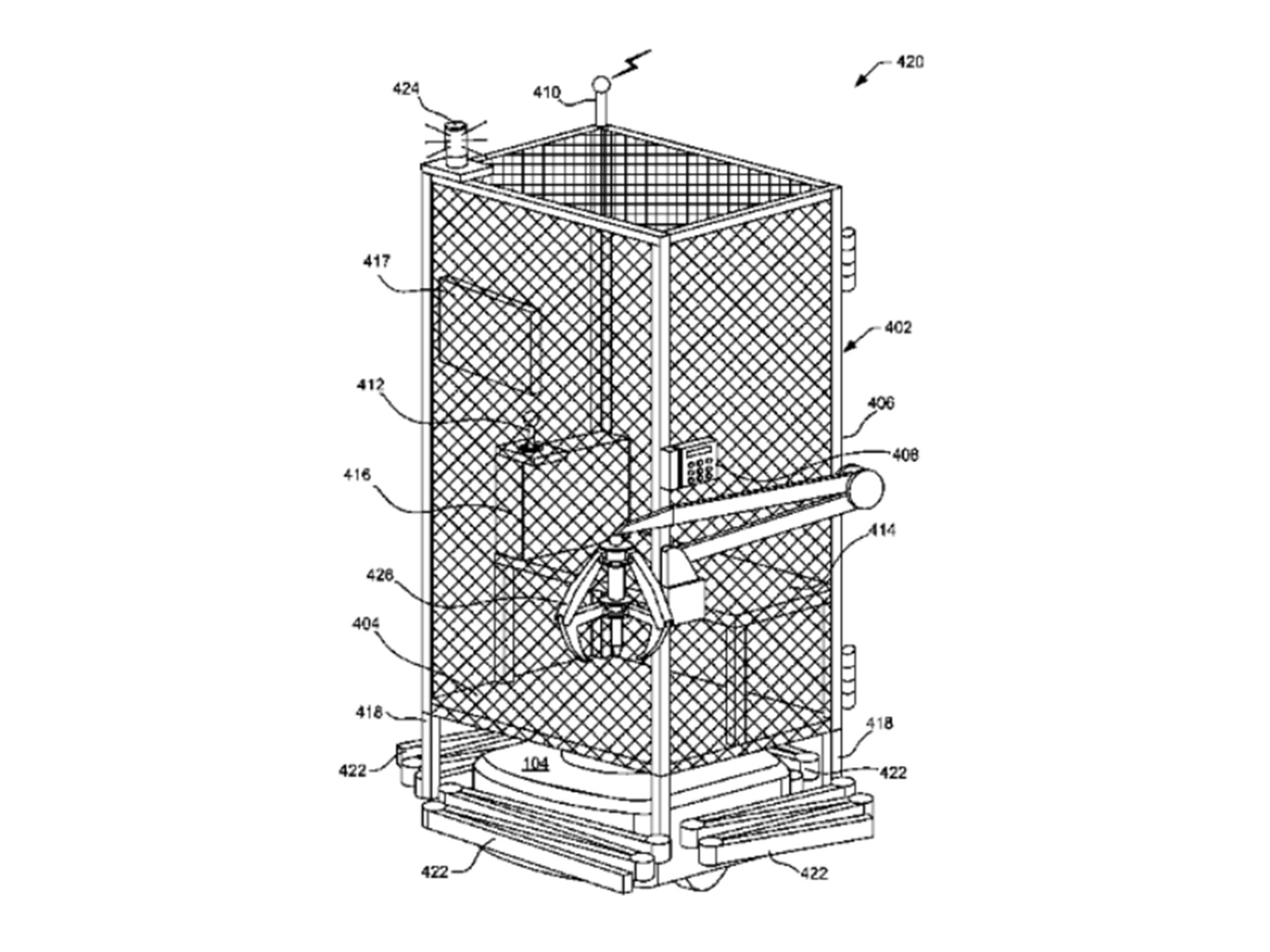Amazon proposal to cage workers in warehouses ridiculed
Critics say design is 'extraordinary illustration of worker alienation'

Your support helps us to tell the story
From reproductive rights to climate change to Big Tech, The Independent is on the ground when the story is developing. Whether it's investigating the financials of Elon Musk's pro-Trump PAC or producing our latest documentary, 'The A Word', which shines a light on the American women fighting for reproductive rights, we know how important it is to parse out the facts from the messaging.
At such a critical moment in US history, we need reporters on the ground. Your donation allows us to keep sending journalists to speak to both sides of the story.
The Independent is trusted by Americans across the entire political spectrum. And unlike many other quality news outlets, we choose not to lock Americans out of our reporting and analysis with paywalls. We believe quality journalism should be available to everyone, paid for by those who can afford it.
Your support makes all the difference.Amazon has called it “forward looking technology”, designed to keep staff safe at in its vast warehouses, but critics are not convinced: they point out it looks an awful lot like a human cage.
An astonishing 2016 patent would have seen employees of the trillion-dollar company spend their shifts in tiny metal enclosures.
Inside there would have been small work station without a seat, from where each worker could ‘drive’ the cage around the warehouse. An attached robotic arm would take goods from shelves and place them in a trolley beneath the worker.
The patent was secured in 2016 and later abandoned but came light as part of a new academic study into the company’s use of artificial intelligence.
Authors Kate Crawford and Vladan Joler called the design “an extraordinary illustration of worker alienation, a stark moment in the relationship between humans and machines”.
Commentators online were equally unimpressed with many comparing it to something you “put prisoners in”.
But the Seattle-based company defended the patent.
It said the design had been an attempt to protect staff in a work environment that was increasingly populated by heavyweight robots, and would have allowed employees to safely access areas of warehouses that were otherwise off-limits because drones and robots were moving at high speeds.
“Sometimes even bad ideas get submitted for patents,” tweeted Dave Clark, the firm’s senior vice president of operations.
“This was never used and we have no plans for usage. We developed a far better solution which is a small vest associates can wear that cause all robotic drive units in their proximity to stop moving.”
Others agreed: some suggested the mesh was similar to some tractor cabins.
Lindsay Campbell, a spokeswoman for Amazon, said: "Like many companies, we file a number of forward-looking patent applications... Such a cage-like device is not in use in any Amazon fulfilment centres."
Join our commenting forum
Join thought-provoking conversations, follow other Independent readers and see their replies
Comments